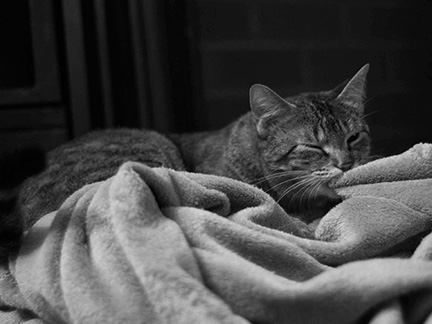

Streets ahead in the popularity stakes for pica are. RELATED: Human Foods Your Cat Shouldn't EatĪs to the strange things cats eat this includes cotton, wool, synthetic material, plastic, rubber, paper, cardboard, baby bottle teats, string, thread, electrical cords, wallpaper.
Medical problems: A health problem may lead to a deficiency in a particular nutrient which prompts the cat to try weird and wonderful ways to find some. Genetic programming: The Oriental breeds, such as wool-sucking Siamese, are notorious for pica, because of a hereditary factor. This is especially true if a game of chase ensues in order to get the offending object out of the cat’s mouth. Accidentally trained: If the cat guardian shouts at their cat for eating wool, the cat may read this attention as rewarding the behaviour, and be encouraged rather than discouraged. A mechanism for coping with stress: In a similar way to a child sucking their thumb, chewing on non-food items may be a release from stress. Persistent kittenish behaviour: The Peter Pan of the cat world, a cat that grows up – but not out – of their kittenish habits. Expanding on this, there are various explanations as to why cats would develop a taste for non-nutritious objects. There may be some deep subconscious drive to pick things up and chew them, in a similar way that kittens learn about their world by exploring with their mouth. In truth, even the experts are left guessing as to exactly why pica happens. Coping with Pica of Behavioural Origin Why Does Pica Happen?. Applying bitter taste to objects may discourage their consumption. Store plastic items away so that your cat has no access to them. Administer psychoactive drugs recommended by your veterinarian if it is felt that pica is related to a behavioral disorder.Ĭomplete avoidance is the most effective prevention and should be instituted if at all possible. Treat the specific disease if an underlying cause can be identified (such as pancreatic enzyme supplementation for exocrine pancreatic insufficiency, or corticosteroids and dietary changes for inflammatory bowel disease). 
Avoidance of the offending material is the most effective therapy.Endoscopic examination may facilitate visualizing what has been ingested, removing it if its presence is causing associated clinical signs, or diagnosing an underlying diseases that causes pica (like inflammatory bowel disease, intestinal lymphosarcoma).Abdominal radiographs (X-rays) may be helpful in ruling out gastrointestinal foreign bodies and blockages secondary to pica.Trypsinogen-like immunoreactivity (TLI) should always be performed to rule out exocrine pancreatic insufficiency.A complete blood count (CBC), biochemical profile and urinalysis are performed to assess general organ function and to rule out underlying diseases such as a low red blood cell count seen with iron deficiency anemia, low total proteins seen with malabsorptive disorders, elevated blood sugar seen with diabetes mellitus.Ingestion of nonfood items such as rocks, feces and grass.

Endocrine disorders(hyperadrenocorticism, diabetes mellitus) cause polyphagia (increased appetite).Primary gastrointestinal maldigestive and malabsorptive disorders (exocrine pancreatic insufficiency, severe inflammatory bowel disease, intestinal lymphosarcoma).One form of pica is coprophagia, which is the ingestion of feces. Pica is the term used to describe the craving and ingestion of nonfood items.







 0 kommentar(er)
0 kommentar(er)
